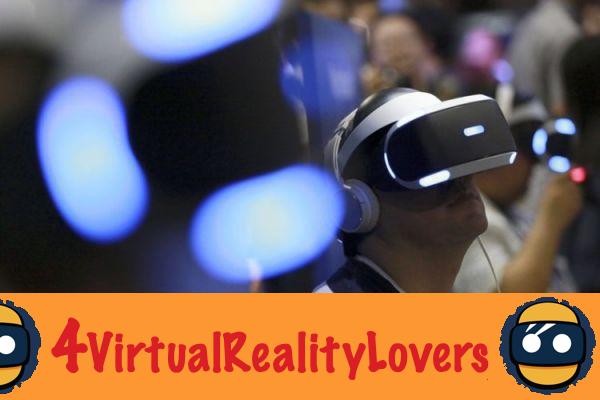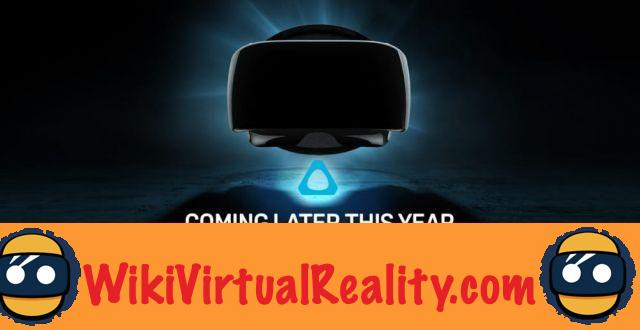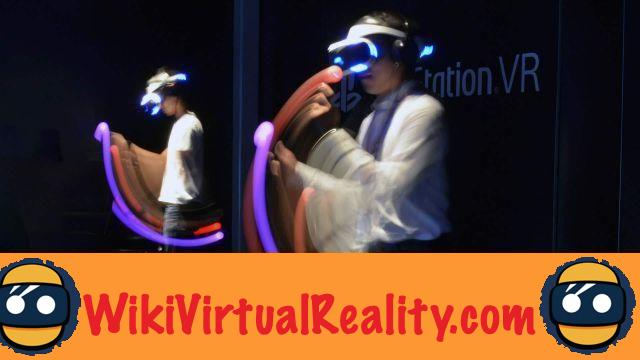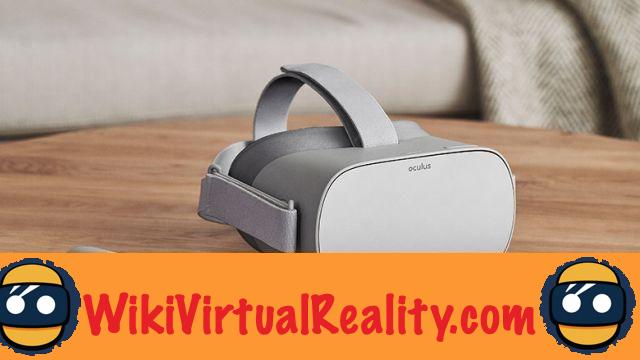
Summary
What a long way since “Sensorama” in 1950. Morton Hellig's device, often considered "the father of virtual reality", used sound, smell and sight. A complete innovation for the time, on the same level as what we were able to know later with Google Glass or Pokémon Go. But, even today, the field of possibilities suffers above all from technological limits. Overview of the necessary developments.

Known technological limits
Phones and computers not yet powerful enough, quality material still very uncertain ... The main challenges facing virtual reality from a technological point of view are well known.
explains Vishwa Ranjan, head of virtual and augmented reality at Infosys.
Apps that make you want
Latency times are still too great. We are often not able to have a real-time reaction, up-to-date data right now. An essential element to be able to provide a truly immersive experience. There have clearly been improvements, the success of Pokémon Go which allowed to trace in real time, visual recognition is proof of this.

Interest in a new technology is also based on the use that we could have of it in everyday lifewhether from a practical or entertainment point of view. This is why we need applications that appeal to both companies and individuals. That makes them make the effort from a financial point of view to invest in the equipment.
Affordable prices
Because yes, the ultimate barrier for consumers is price. Trop often you have to shell out a fortune or settle for a more than average quality product. Google has led the way with the Google Cardboard. Sold at 20 euros, the headset contributes to democratizing virtual reality to the general public. But it doesn't offer a completely satisfactory rendering quality or experience yet.
The price is of course the consequence of the development cost of these innovative technologies. The problem is, if prices don't drop fast enough, then consumers could lose interest very quickly. Curiosity, the desire to test a new product, to have a new experience, are only fleeting feelings. The prices must fall to allow an explosion of the phenomenon. The salvation may well come from video games where gamers are more willing to invest. The development by both Sony and Microsoft of interfaces for their consoles proves that a market exists. It remains to be seen whether it will also concern the general public.


























